
 By Natali Moss
By Natali Moss
But there are some points that I would like to point out in order to explain another effective feature of interceptors, compared to machine guns of mobile groups. Namely, the right warhead. Despite its large size, there are not many places in the fuselage of the "Shaheed" that could destroy the drone in mid-air. Hitting a warhead with a machine gun does not mean that there will be an explosion. There are separate places of the warhead, when it hits, it explodes.
Hitting places with avionics is also not a reason to fall immediately. The drone can fly for several kilometers and fall into a building. Yes, he will lose the ability to aim precisely at the target, but he will still be able to move along the azimuth, and he can take the lives of civilians. A large area is occupied by fuel tanks, the penetration of which also does not guarantee that the drone will catch fire. Hitting the tank and guaranteed ignition is more in the movies.
Hitting the servos also does not indicate that the drone will fall. He will try to reach the target using other controls. Well, when pointing at the target, it will hit not the CHP plant, but a residential building in the area. Hitting the engine is, of course, more effective, but you need to hit it as well, preferably in the central part. So it turns out that the target is large, but thanks to its design, it can withstand quite strong bullet damage and fly further.
But there are all kinds of anti-aircraft guns, "cheetahs" there. . . Yes, they are effective, but thanks to their ammunition. Anti-aircraft ammunition has a high explosive effect and a lot of debris. This hit is a grenade that explodes on or near the target. One Cheetah hit on a target can tear off part of the Shahed's fuselage.
The Skynex air defense system, for example, uses a more effective technology — programmable 35 mm AHEAD projectiles, which are programmed before the shot to explode at a specified distance without reaching the target and cover it with a wave of debris. But such shells are not cheap. One shell for the "Cheetah" is more than a hundred bucks. One shell to Skynex is more than a thousand dollars. And maybe even several thousand dollars.
Therefore, when such an anti-aircraft gun fires, tens of thousands of dollars fly into the sky in seconds. Anti-aircraft drones have a warhead of 2-3 kg, with 0. 7-1 kg of explosives. This is enough not even in a direct hit, but nearby to give the fuselage of the Shahed such damage from high-explosive shrapnel action that it will no longer be able to fly.
And this is done with a tool costing several thousand dollars, which does not need to launch an anti-aircraft complex costing several million dollars. It is much cheaper than classical means. With the development of anti-aircraft drones, the automation of control processes, the improvement of guidance and target capture systems, one day the accounting of the effectiveness of the "shahed" will come to nothing. And this will be the gain of Ukraine.


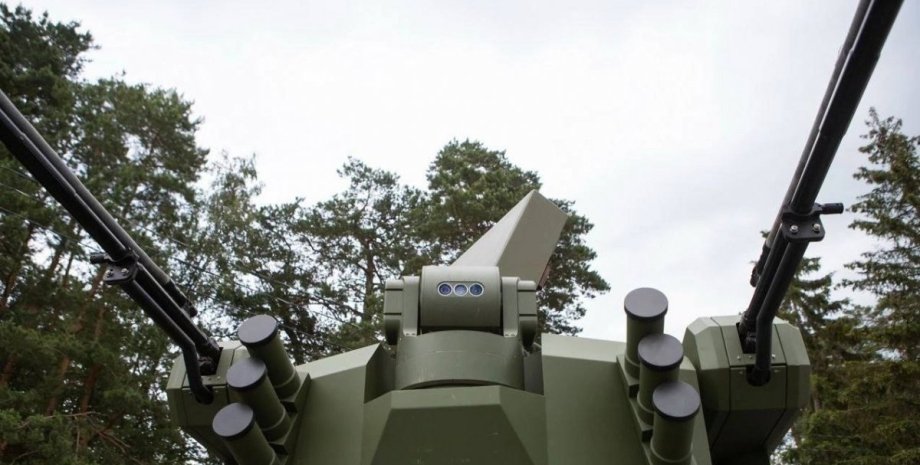

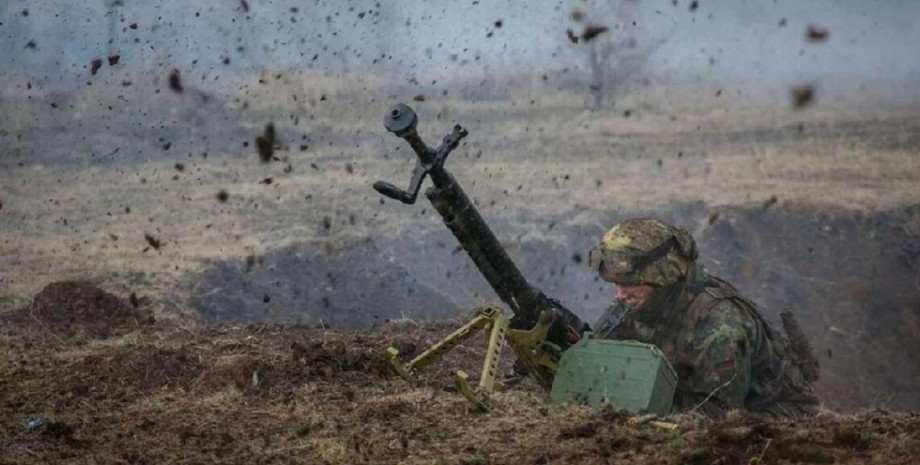

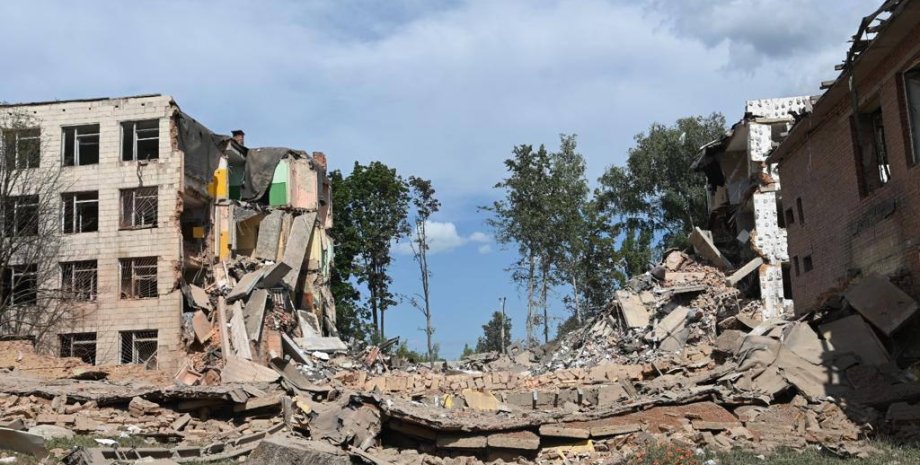
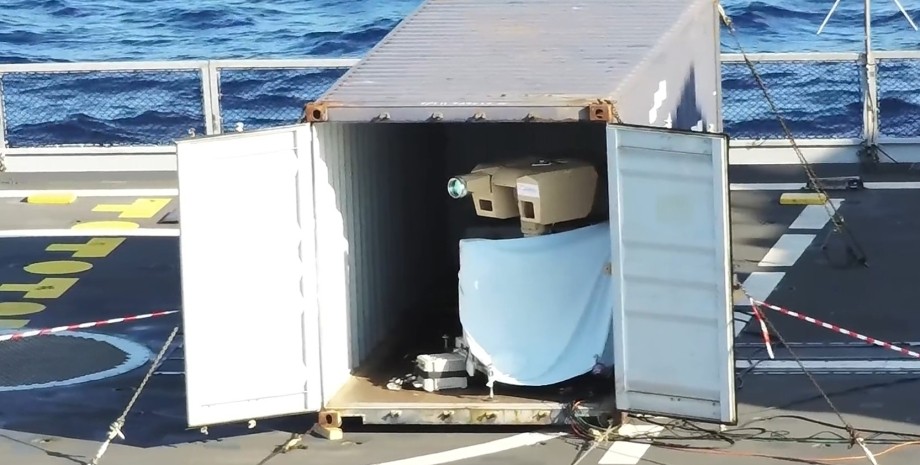

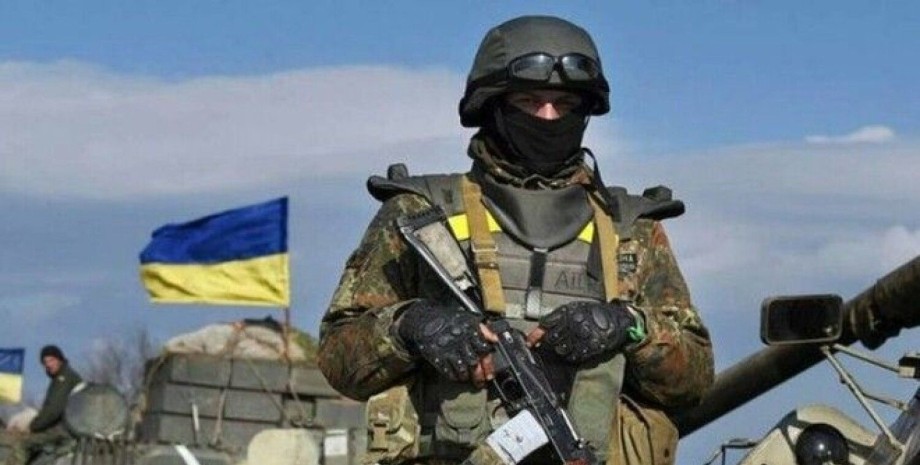
All rights reserved IN-Ukraine.info - 2022